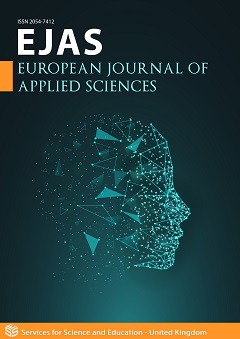A Theoretical Study of Solenoid Inductive Effect on Propagation Delay in Closed Feedback Control
DOI:
https://doi.org/10.14738/aivp.113.14636Keywords:
Solenoids, Propagation delay, Resistance-Inductance (R-L), Transients; Closed loop, Kirchoff’s law, Transfer FunctionAbstract
Solenoid is widely and commonly used electro-mechanical devices in industrial processes and engines for hydraulic, fuel and pneumatic controls. The speed, reliability and response time of solenoids can be used to characterize their performance especially where propagation delay can cause instability in the system. In this paper, we model the dynamic characteristics of a proportional solenoid, and investigate its effect on the overall response time in closed loop. The transfer function of the proportional translational motion solenoid at different positions of the plunger is derived. Appropriate boundary conditions are applied to solve transients and stead state current and deduce the response time of the system. At different resistance and inductance, the results show that the rising and settling times of a solenoid system is inversely to the values of Resistance-Inductance (R-L) pair. The lower the values of R-L pair, the higher the rising and settling times. The transient current is shown to be inversely proportional to the values of R-L pair. Solenoid with lowest resistance has the highest transient current flowing through it. These indicates that the selection of solenoid R-L parameters are important consideration in closed loop control system designs.
Downloads
Published
How to Cite
Issue
Section
License
Copyright (c) 2023 Eliazar Elisha Audu, Nkolika Ogechukwu Nwazor

This work is licensed under a Creative Commons Attribution 4.0 International License.






